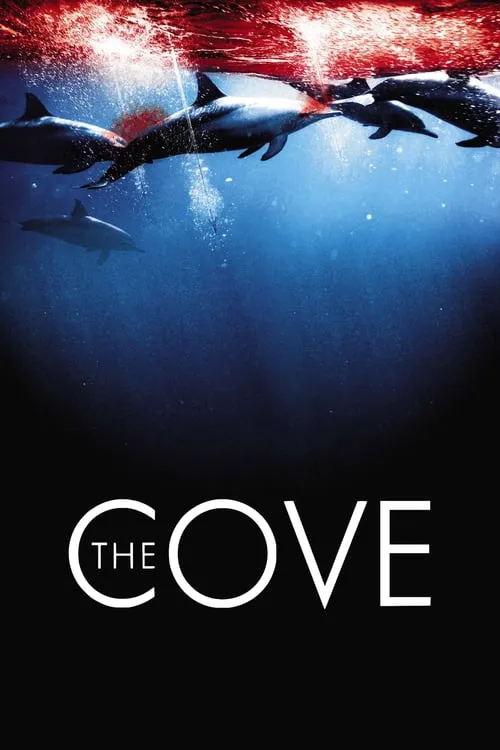The Cove

Plot
In the small fishing town of Taiji, nestled in the southern Japanese prefecture of Wakayama, lies a hidden cove that has become infamous for its cruel and inhumane practice. The Cove, a true-life account of a daring mission, reveals the gruesome reality behind the annual dolphin hunt, an event that has been shrouded in secrecy. The story begins with Rick O'Barry, a former dolphin trainer, who had grown disillusioned with the treatment of dolphins in captivity. He has dedicated his life to exposing their mistreatment and advocating for their rights. The film's director, Louie Psihoyos, joins O'Barry on a perilous journey to the cove, where a team of filmmakers and free divers, led by Kirill Makharinsky, will risk everything to document the dolphin hunt. Their mission is a daunting task, requiring meticulous planning and precision. They have to evade the vigilant eyes of the local authorities, who are desperate to keep the event a secret. The team, consisting of scientists and activists, sets up camp near the cove, using advanced technology to capture the brutal hunt on camera. They have no intention of disrupting the proceedings, merely to observe and record the atrocities committed by the Japanese fishermen. The cove is a small, secluded inlet, almost invisible from the outside world. This seclusion has allowed the fishermen to carry out their macabre activities undetected. Once inside, the dolphins are driven into a state of panic by the sound of a ship's engine. They are then cornered and trapped in shallow waters. The fishermen use nets and harpoons to kill the dolphins, often leaving them to die in agony. The team manages to film several hours of footage on the first day, capturing the horrific sight of live dolphins being slaughtered. They continue to monitor the proceedings, witnessing the slaughter of hundreds of dolphins, mostly bottlenose and other species. The footage they obtain provides irrefutable evidence of the brutality and scale of the hunt. As the team gathers their evidence, they realize they have stumbled upon a far greater evil. They discover that other marine animals, such as whales, are also being hunted in the same manner and on the same beach. In an interview, O'Barry explains that the cove is not just a hunting ground, but a hub for animal trafficking, with the dolphins and other creatures being sold to aquariums and entertainment venues worldwide. The documentary's focus then shifts to a wider exploration of the impact of the dolphin-hunting industry on the world's oceans and marine ecosystems. We see scenes of dolphins in their natural habitats, highlighting their intelligence, social behavior, and complex communication methods. The footage underscores the importance of preserving these creatures and their habitats, and the devastating consequences of disrupting their delicate balance within the ecosystem. Meanwhile, back in the US, director Louie Psihoyos is working tirelessly to get the film seen by a wider audience, in the hopes of raising awareness about the plight of the dolphins and the need for an end to the inhumane hunting practices. The team's footage eventually gains international attention, with media outlets in Japan and around the world beginning to question the legitimacy of the hunt. Public pressure starts to build, with the help of celebrity activism and high-profile endorsements, further heightening the debate. A turning point comes when O'Barry and Psihoyos appear in a televised forum discussion in Japan. The debate is intense, with some participants defending the right of the fishermen to practice their cultural tradition. Others passionately argue against the hunt, citing the inhumane treatment of dolphins. Despite the opposition, the momentum gained by the documentary starts to affect the global public's perception of the dolphin hunt. More people become aware of the atrocities committed in Taiji and begin to question the legitimacy of the hunt. The world watches with growing unease as the battle to save the dolphins takes a significant turn for the better.
Reviews
Recommendations




